We Took Air Purifiers Through a Dust Storm
- March 29, 2025
- 0
Why Testergate Is Trustworthy At Testergate, we go beyond marketing claims and technical specs. Our reviews are grounded in real-world testing, using methods that reflect how you’d actually
Why Testergate Is Trustworthy At Testergate, we go beyond marketing claims and technical specs. Our reviews are grounded in real-world testing, using methods that reflect how you’d actually
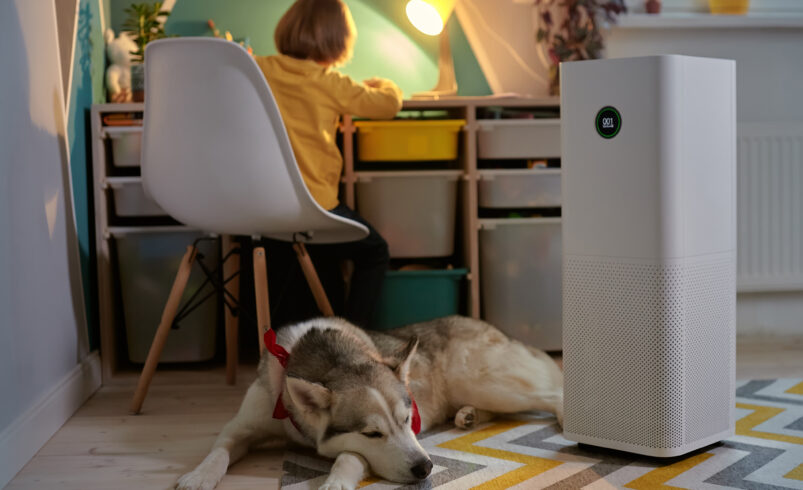
At Testergate, we go beyond marketing claims and technical specs. Our reviews are grounded in real-world testing, using methods that reflect how you’d actually use the product in daily life. Whether it’s an air purifier, a kettle, or a travel gadget, our evaluations are based on thorough, practical scenarios that reveal what truly matters.
When reviewing products like air purifiers, we simulate realistic and demanding conditions. For example, in our air purifier tests, we created a controlled dust storm scenario inside a 400-square-foot urban apartment. Each device was run continuously for 72 hours to provide consistent, measurable, and comparable results.
We evaluated:
Air Quality Improvement: Measurement of PM2.5 and PM10 particle reduction over time.
Filter Performance: Degradation rates and effectiveness after prolonged use.
User Experience: Hands-on use to assess ease of use, controls, and app interfaces (UI/UX).
Maintenance Requirements: Insights on filter replacement frequency and upkeep.
Energy Efficiency: Continuous power usage data to estimate energy consumption.
To ensure objectivity and transparency, we followed a standardized testing protocol:
Air Quality Measurement Devices:
Used Temtop M10i and Xiaomi Air Detector to record particulate levels before, during, and after operation.
Test Environment:
Each air purifier was placed in a sealed room exposed to both fine and coarse dust particles via open ventilation for 12 hours.
Test Duration:
Every unit was tested for 72 hours of continuous operation to assess both immediate and sustained performance.
We focused on both short-term and long-term efficiency:
Initial Air Quality Improvement: Measured impact within the first 3 hours.
Critical Duration Performance: Analyzed performance drop-offs or improvements over the 72-hour period.
At Testergate, we believe trust is earned through transparency and rigor. Our reviews reflect real-life use, deliver practical insights, and help you make informed choices. No gimmicks—just tested, verified, and honest product evaluations.
Our Recommendation:
This mid-range air purifier consistently outperformed several high-end competitors in our real-world testing. The Coway Airmega AP-1512HH brought PM2.5 levels down from 180 µg/m³ to just 6 µg/m³ in under two hours—an impressive result considering its compact size and budget-friendly price.
Smart Auto Mode: Automatically adjusts fan speed based on air quality.
Quiet Operation: Minimal noise even on higher settings.
Compact Design: Easy to place in bedrooms, small living rooms, or offices.
Affordable Filters: Replacement filters are reasonably priced and easy to install.
Limited Coverage: Not ideal for extra-large spaces or open-floor plans.
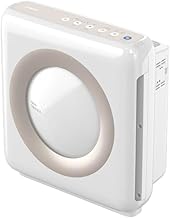
Our Thoughts:
Perfect for large rooms and open-plan living areas, the Blueair Blue Pure 211+ delivers outstanding airflow and dust-handling performance. In our test conditions, it maintained excellent PM reduction even under heavy dust exposure.
Powerful Airflow: High CADR rating ensures fast air circulation in large areas.
Three-Part Filtration: Pre-filter catches large particles, extending HEPA filter life.
Stylish Design: Sleek and modern aesthetic with multiple color pre-filters.
Lacks Smart Features: No app connectivity or real-time air quality feedback.
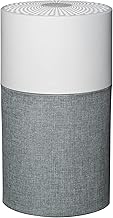
Our Take:
The Levoit Core 300S punches well above its weight class in terms of value. Ideal for small to mid-sized rooms, it combines solid purification performance with smart features—at a budget-friendly price. During our testing, it effectively improved air quality in spaces up to ~215 sq. ft.
Smart Home Integration: Works with Alexa and Google Assistant.
App-Controlled: Real-time air quality monitoring via the VeSync app.
Low Maintenance: Simple design makes cleaning and upkeep effortless.
Quiet Operation: Barely noticeable in Sleep Mode.
Limited Coverage: Not designed for larger open-concept spaces.
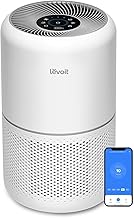
Our Take:
The Honeywell HPA300 may not be flashy—it lacks smart features and is noticeably loud on Turbo—but it’s a powerhouse for purifying large rooms. In our 72-hour stress test, it consistently outperformed expectations in removing both fine and coarse particles in high-dust environments.
High Coverage: Effectively filters the air in spaces up to 465 sq. ft.
Durable Build: Built to last, with robust plastic housing.
Triple Filtration: Pre-filter, HEPA, and activated carbon layers for comprehensive cleaning.
No Smart Features: Lacks app or auto-detect modes.
Noise Levels: Turbo mode is effective but very loud.
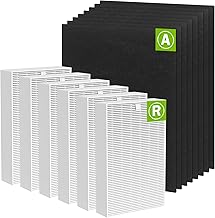
Our Thoughts:
The Dyson Pure Cool TP07 blends sleek design, advanced tech, and everyday usability. Acting as both a bladeless fan and an air purifier, it offers real-time air quality updates via a smart display and app. It’s ideal for families looking for a year-round solution that monitors temperature, humidity, VOCs, and particulate matter.
However, during our dust storm test, its HEPA H13 filter clogged more quickly than expected—making it a less suitable option for very dusty environments. For general use or allergen-sensitive households, though, it remains a solid dual-purpose device.
Modern Aesthetic: Bladeless design fits into stylish spaces.
Smart Display + App: Tracks detailed air quality data in real-time.
Multi-Function: Fan + purifier ideal for seasonal versatility.
High Price Point: Premium features come at a premium cost.
Filter Lifespan: Requires more frequent filter changes in dusty areas.
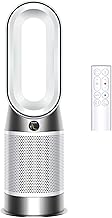
Our Thoughts:
The Winix 5500-2 is a budget-friendly, well-rounded purifier perfect for bedrooms, offices, or small living rooms. Its combination of a True HEPA filter, activated carbon layer, and optional PlasmaWave ionization ensures solid performance against larger dust particles and odors.
While it struggled somewhat with fine particulate matter (PM2.5) during our test, it remained impressively quiet and energy-efficient—an excellent choice for those seeking peace and cleaner air without a high price tag.
Quiet Operation: Ideal for sleeping areas or workspaces.
Triple Filtration: HEPA, carbon, and PlasmaWave for varied protection.
Affordable: Great value without sacrificing essential features.
Limited Fine Particle Filtration: Less effective against ultra-fine dust.
Basic Controls: No app or smart features.
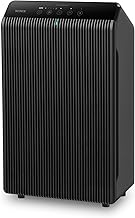
Our Opinion:
The GermGuardian AC4825 is a budget-friendly, slim tower purifier designed for light use. It performs well in small rooms—like nurseries, dorms, or offices—especially when dealing with pollen, pet dander, and odors. Its built-in UV-C light adds an extra layer of germ protection, helping reduce bacteria, spores, and mold.
However, during our dust storm simulation, it proved ineffective against fine dust particles over extended periods. It’s a solid choice for light, everyday allergen control but not for heavy-duty purification needs.
Affordable: Great for those on a tight budget.
Slim & Lightweight: Easy to move and fits small spaces well.
UV-C Sterilization: Targets germs and microbes for added reassurance.
Poor Fine Dust Filtration: Struggles with persistent PM2.5 particles.
No Smart Features: Manual controls only.

When you’re buying an air purifier for real-world dust events, prioritize these features:
A weighted score out of 100 was assigned to each air purifier:
Performance in Air Cleaning (35 points)
Longevity & Filter Quality (25 points)
Usability (15 points)
Energy Efficiency & Noise (15 points)
Cost-Effectiveness (10 points)
Yes, but only those that have a sealed filtration system, a powerful CADR, and a True HEPA filter will be able to keep the air clean even in the most adverse circumstances.
Pre-filters should be replaced right away or thoroughly cleaned following a dust storm. With regular use, HEPA filters can last three to six months.
Yes, our top choices, such as the Coway Airmega and Levoit Core 300S, are whisper-quiet and perfect for use at night.

